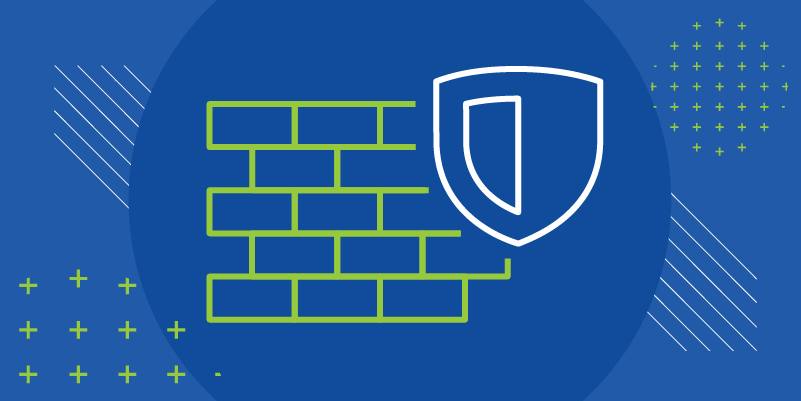Last year’s SolarWinds attack and its aftermath have provided numerous lessons concerning the dangers of IT supply chain attacks. Not all apply to every small and medium-sized business—most are unlikely to be targeted by highly trained state-backed hackers with virtually limitless funding—but some will be.
We learned, for instance, that even IT pros could use a refresher on basic password hygiene through security awareness training. A more substantive lesson is the importance of defense in depth, an approach that prioritizes mutually reinforcing layers of security.
In the case of SolarWinds, the Trojanized Orion update was able to elude endpoint security because it was issued by such a trusted source. As we’ve discussed, however, the damage from the compromise could have been limited significantly by using a defense in depth approach backed by leading threat intelligence.
A firewall with the right threat intelligence embedded could have blocked communications with the command-and-control server thus preventing a Trojanized Orion install from connecting back to the attackers and stopping them from furthering the attack. An endpoint DNS solution could have stopped the Trojanized Orion version by refusing to resolve the domain names of the command-and-control servers, again disrupting the infection to the point that no real damage could be done.
This is what we mean when we stress the importance of a layered defense. Take a hypothetical scenario in which the opposite happens, for example. A zero-day threat with no known connection to malicious IPs, files, or other data objects may not be known to the threat intelligence feed informing a network security solution. Once it has made its way to the endpoint, however, it begins to engage in behaviors known to be malicious. Examples include elevating privileges, moving laterally, or trying to establish outbound communications to name a few.
In this case, it is the endpoint security solution’s turn to save the day. If equipped with a rollback or remediation feature, endpoint solutions can not only stop the activity but also remediate the damage already done. These two layers work in concert to pick up the slack left by the other, helping organizations remain resilient against different types of attacks.
Remote work threatens defense in depth
Most larger organizations and a growing number of smaller ones have caught on to the need for layering endpoint and network protection. Firewalls embed threat intelligence and DNS security solutions are used to both block malware and control internet use. But recent events have worked to undermine this growing understanding.
Remote work exploded in 2020 with the advent of COVID-19, rapidly ushering in a new way of working before all of the security details could really be worked out. This presents a new set of stubborn challenges for IT security admins that’s not likely to fade soon. Outside of the corporate firewall, it is the Wild West. Every employee’s home network has a different set of security protocols and internet use is unregulated.
Webroot’s report on COVID-19 work habits found that three out of four people (76%) worldwide admit they use personal devices for work tasks, use work devices for personal tasks, or both. The 2020 Webroot Threat Report also found that personal devices were about twice as likely to encounter a malware infection as business devices. Together these numbers suggest a significant security threat for companies with remote workers.
DNS security solutions are one way of addressing this risk. Installed as an agent on each corporate endpoint, they route traffic through protected DNS servers that can identify, stop and disrupt communications threats. Of course, personal device use still represents a problem for companies not enforcing strict policies against their use. Nevertheless, DNS security remains a way to protect business-issued devices beyond the company network.
The “next one” will look different
Focusing solely on how the SolarWinds attack is not the key to preventing future breaches. The next large supply chain attack will likely look very different than the SolarWinds attack. In fact, other than the infamous CC Cleaner hack of 2017, in which more than 2.3 million users of the computer cleanup software were duped into downloading malware onto their own machines, these types of attacks leveraging trusted but Trojanized updates are relatively rare.
But this fact makes defense in depth more critical, not less. Zero days will continue to be encountered. There is no telling which techniques the next one will employ, so it is important to make use of multiple tools to limit potential damage.
Cybercriminals will continue to undermine individual defenses. Smart organizations will hedge their cybersecurity bets so they are not all overcome at one time.






